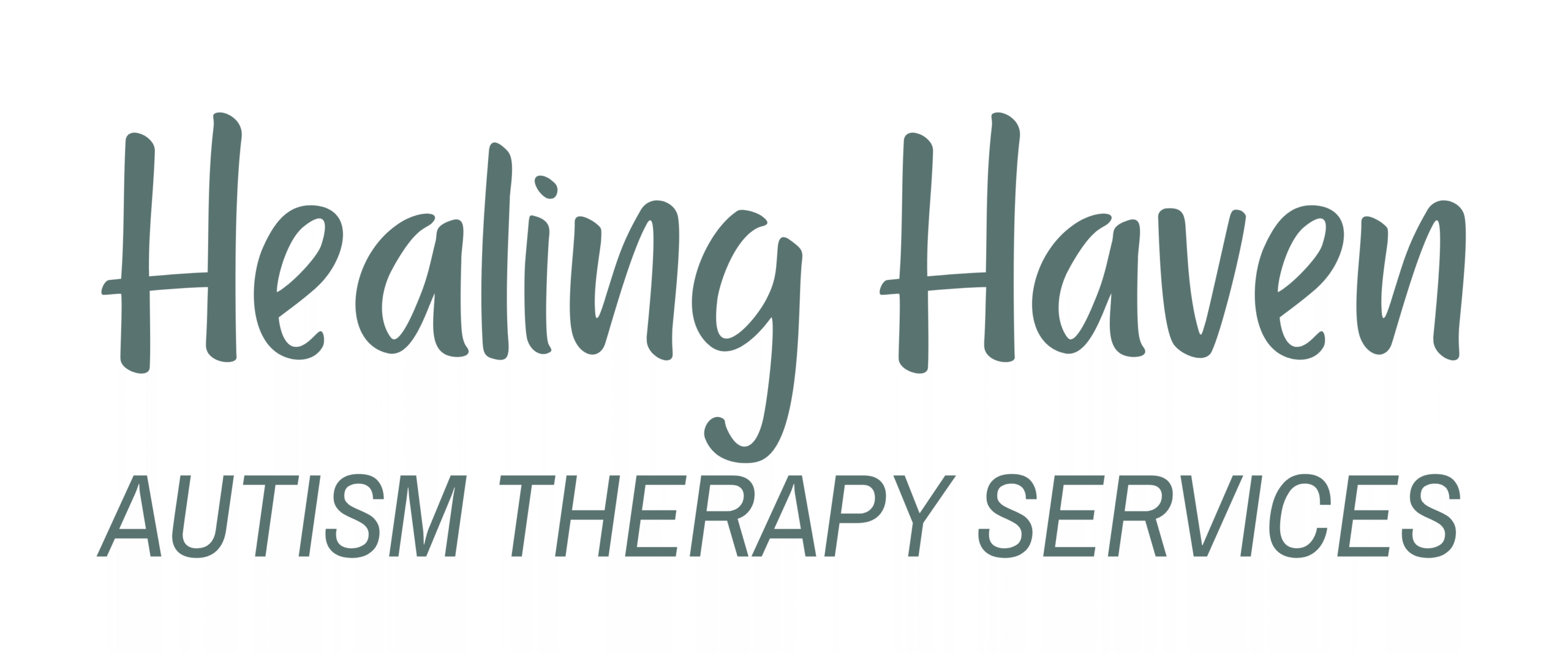Back to School Tips for Parents of Different Learners

Back-to-School Tips The back-to-school season is almost here, and while it can be exciting, it can also be particularly challenging for children on the autism spectrum. The change in schedule plus the preparation and coordination needed can be stressful for both the child and their parent(s) alike. Fortunately, we have seen what it can look […]
Academic Instruction: Supporting Struggling Learners

Healing Haven’s Academic Instruction Program Do you have a child who struggles with learning foundational academics like reading or math? Whether they have autism, Down syndrome or other learning challenges, you probably look for ways to supplement their academic learning – especially as we get back into the school grove after summer break. Several of […]
